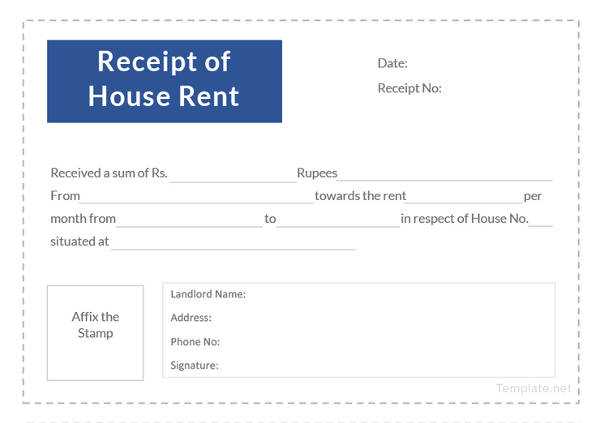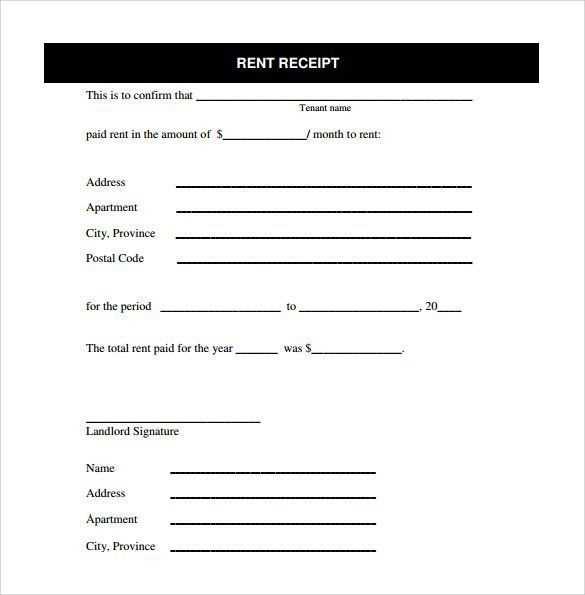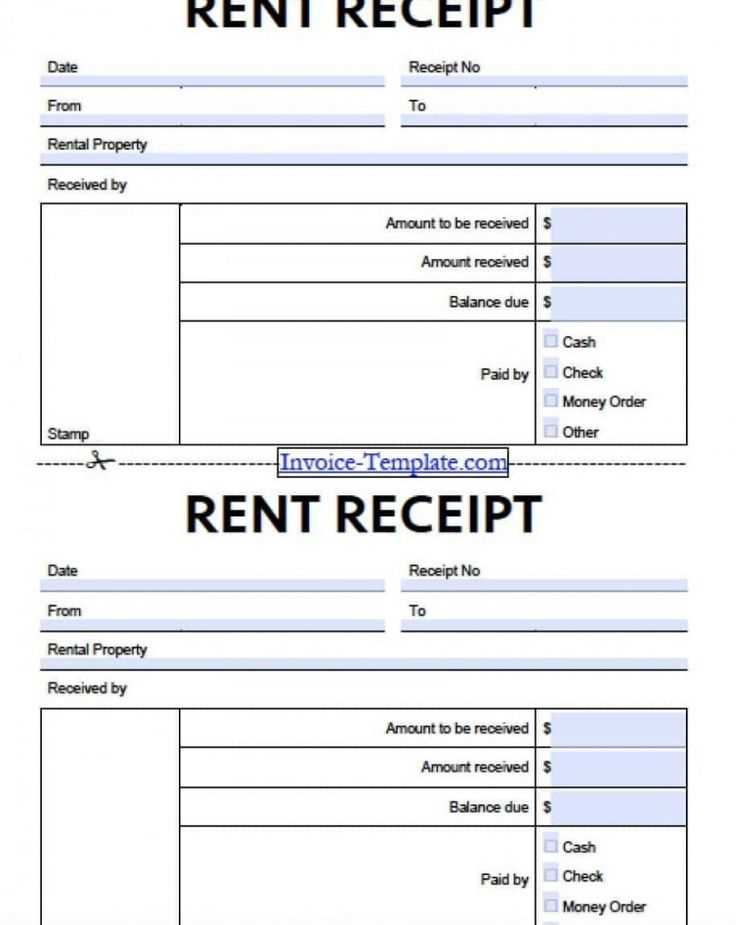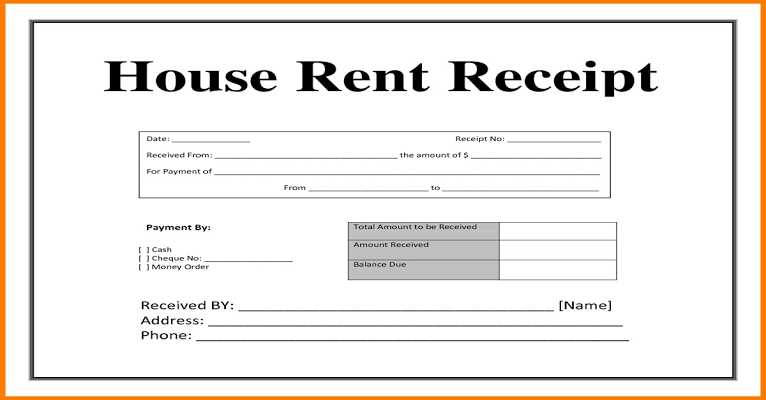
Provide a clear and detailed rental receipt to your tenants every time a payment is made. This helps both you and your tenants keep accurate records of payments, offering transparency for both parties. A rental receipt ensures that tenants have proof of their financial transactions and can prevent disputes down the line.
Include the rental property address, tenant name, rental period, payment amount, and date of payment. You should also note the method of payment, whether it’s via check, bank transfer, or another form. If there are any late fees or adjustments, be sure to outline these as well.
A well-organized rental receipt not only protects you legally but also promotes trust with your tenants. It’s an easy way to demonstrate professionalism and a commitment to transparency in the rental relationship.
Tenant Rental Receipt Template
Creating a rental receipt is a straightforward process that ensures both the landlord and tenant have a clear record of payment. A rental receipt template should include key details that serve as proof of payment and ensure transparency in the landlord-tenant relationship.
Key Information to Include
- Tenant’s Name: Clearly mention the full name of the tenant.
- Landlord’s Information: Include the name and contact details of the landlord or property manager.
- Rental Property Address: Specify the address of the rental property for reference.
- Payment Amount: State the exact amount received and note whether it covers rent for a month or a different period.
- Payment Date: Mention the date on which the payment was made.
- Payment Method: Indicate how the payment was made (e.g., cash, bank transfer, check).
- Signature: Both landlord and tenant should sign the receipt to confirm the transaction.
Benefits of Using a Template
- Time-saving: A ready-to-use template simplifies the process and ensures that all necessary details are included every time.
- Accurate Record-Keeping: Consistently using a template helps maintain organized records of all rental payments, which can be useful for future reference.
- Clarity: The template structure makes it easy for both parties to review the transaction details quickly.
How to Format a Tenant Rental Receipt
Begin by clearly labeling the document as a “Tenant Rental Receipt” at the top. This helps identify the purpose of the document right away.
Include the tenant’s full name, rental property address, and the landlord’s details. This ensures both parties are correctly identified in the receipt.
Specify the payment amount received and the payment method. For example, you can note whether the tenant paid by check, cash, or bank transfer. Also, indicate the date the payment was made.
List the rental period covered by the payment. Clearly state the start and end dates to avoid any confusion about what the payment pertains to.
Make sure to include a unique receipt number for tracking purposes. This helps both the landlord and tenant reference the payment quickly in the future.
If there are any additional charges (e.g., late fees or repairs), list them separately with corresponding amounts. This ensures transparency and avoids disputes.
Finally, provide a space for the landlord’s signature. This adds credibility to the receipt and confirms the transaction was completed properly.
Understanding Legal Requirements for Rental Receipts
Rental receipts must include specific details to comply with legal requirements. Start with the full names and addresses of both the landlord and the tenant. This ensures both parties are clearly identified in case of disputes. The rental amount received, payment date, and payment method must be recorded. This gives both parties clear evidence of transactions.
Mandatory Information to Include
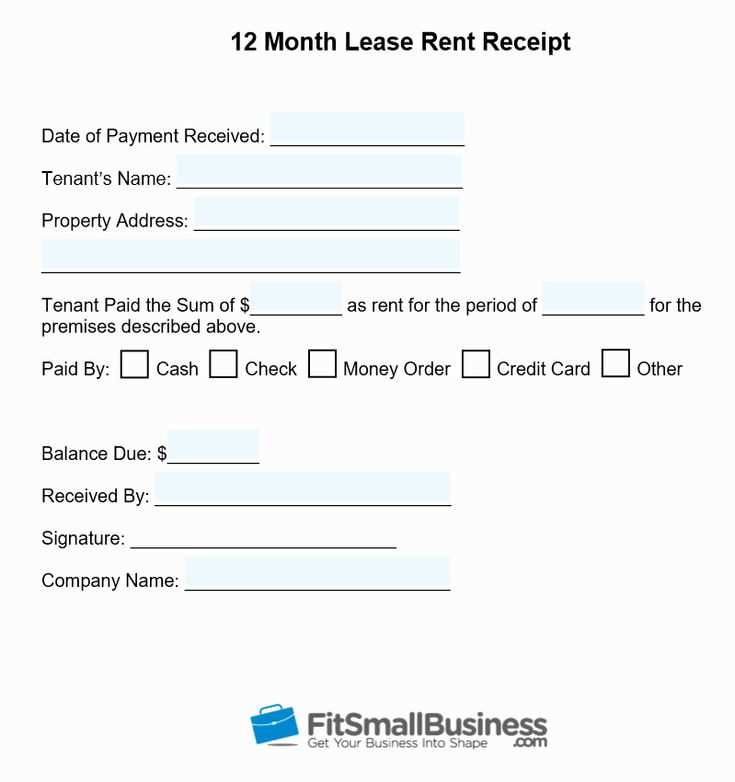
Always include the property address for which the payment is made. This helps establish the connection between the payment and the rented property. A receipt should also have a unique receipt number to differentiate it from other transactions. Finally, indicate whether the payment is for rent, a deposit, or other charges.
Legal Consequences of Missing Information
Omitting required details may lead to misunderstandings and challenges in legal proceedings. A missing receipt could weaken the position of either party in a legal dispute. Keep accurate records and ensure that each rental payment is documented thoroughly to avoid complications.
Creating a Template for Recurrent Use
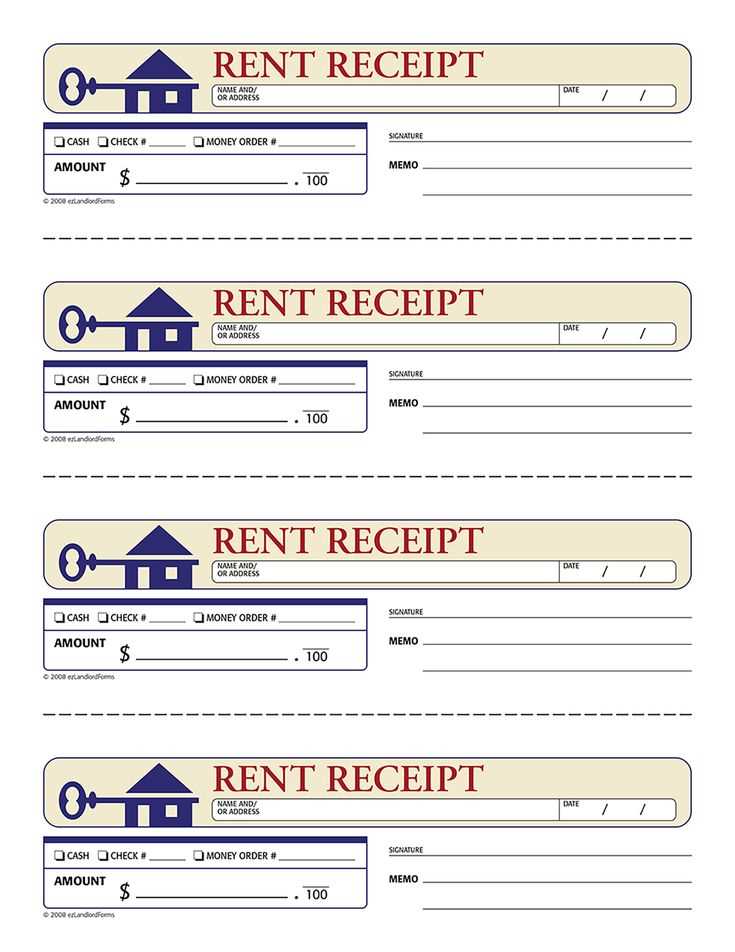
To streamline your rental receipt process, create a reusable template that can be customized each time a payment is made. Start by organizing key sections: tenant name, payment amount, date, and rental period. Use placeholders like [Tenant Name], [Amount Paid], and [Date] for easy substitution. This ensures you won’t miss any details each time you fill it out.
Designing the Template Layout
Structure the template in a simple, clean format. Include a section for the tenant’s information, the rental payment details, and any additional notes or terms. Keep the layout consistent across all receipts for easy readability and professionalism.
Automating the Process
If you’re using word processing software or spreadsheets, take advantage of templates and fields. Set up auto-fill options for repetitive data, like the landlord’s contact information or property address. This minimizes the chance of errors and speeds up the process of generating receipts.
